I encountered a very strange problem. I am writing portion of the code below.
try {
while (!stopCapture) {
// Read data from the internal buffer of the data line.
int cnt = this.recLine.read(tempBuffer, 0, tempBuffer.length);
if (cnt > 0) {
// Save data in output stream object.
byteArrayOutputStream.write(tempBuffer, 0, cnt);
// System.out.println(" bytes " + tempBuffer[0]);
}// end if
}// ends while
// AudioSystem.write(myAIS, targetType, outputFile);
byteToWave(byteArrayOutputStream);
byteArrayOutputStream.close();
} catch (IOException e) {
// TODO provide runtime exception to reach it to presentation layer
e.printStackTrace();
} catch (Exception ex) {
ex.printStackTrace();
}
recLine is the TargetDataLine from which I am recording sound in to byteArrayOutputStream. it works normally until 40 - 48 seconds very well in my test , but when it reaches 49 seconds every time it throws an exception below :
Exception in thread "Thread-5" java.lang.OutOfMemoryError: Java heap space
at java.util.Arrays.copyOf(Arrays.java:2786)
at java.io.ByteArrayOutputStream.write(ByteArrayOutputStream.java:94)
at com.actura.app.capture.ActuraRecorder.run(ActuraRecorder.java:109)
at java.lang.Thread.run(Thread.java:619)
I am using this technique because I need the recorded bytes and from those bytes I am drawing a wave form succesfully on the UI.
During test I come to know that an exception raised when the size of the byteArrayOutputStream is only 7.3 mb.
Can I write this byteArrayOutputStream to random access file and then reset this byteArrayOutputStream everytime it reaches to its limit?
How do I know in advance the limits of the byteArrayOutputStream?
I checked with Integer.MAX_VALUE but as I said it just raised an exception at 7.3 mb so I can not reach to Integer.MAX_VALUE.
This applet runs on the internet, so setting memory size will not help me. How can I set it to my client's computer?
